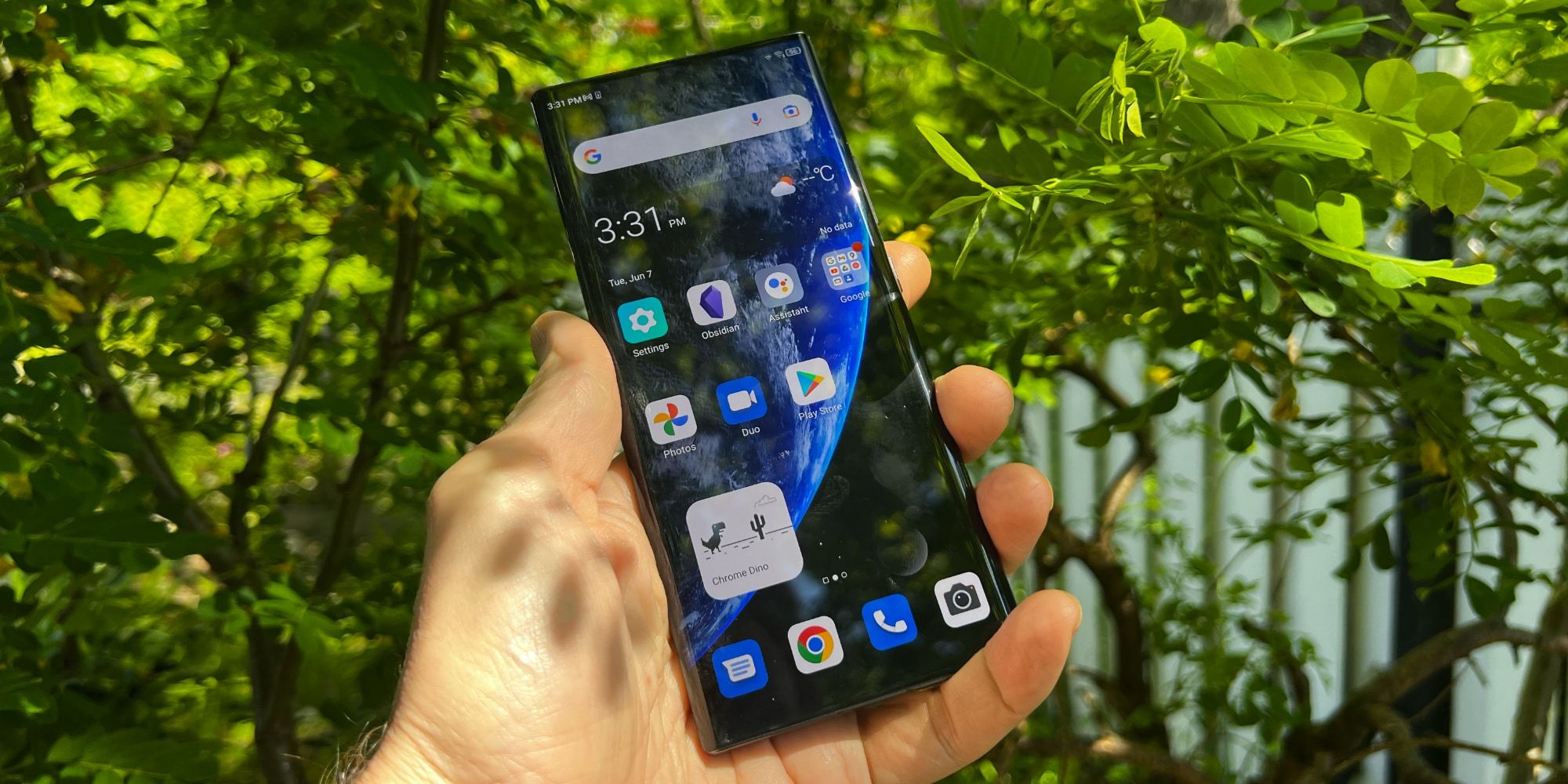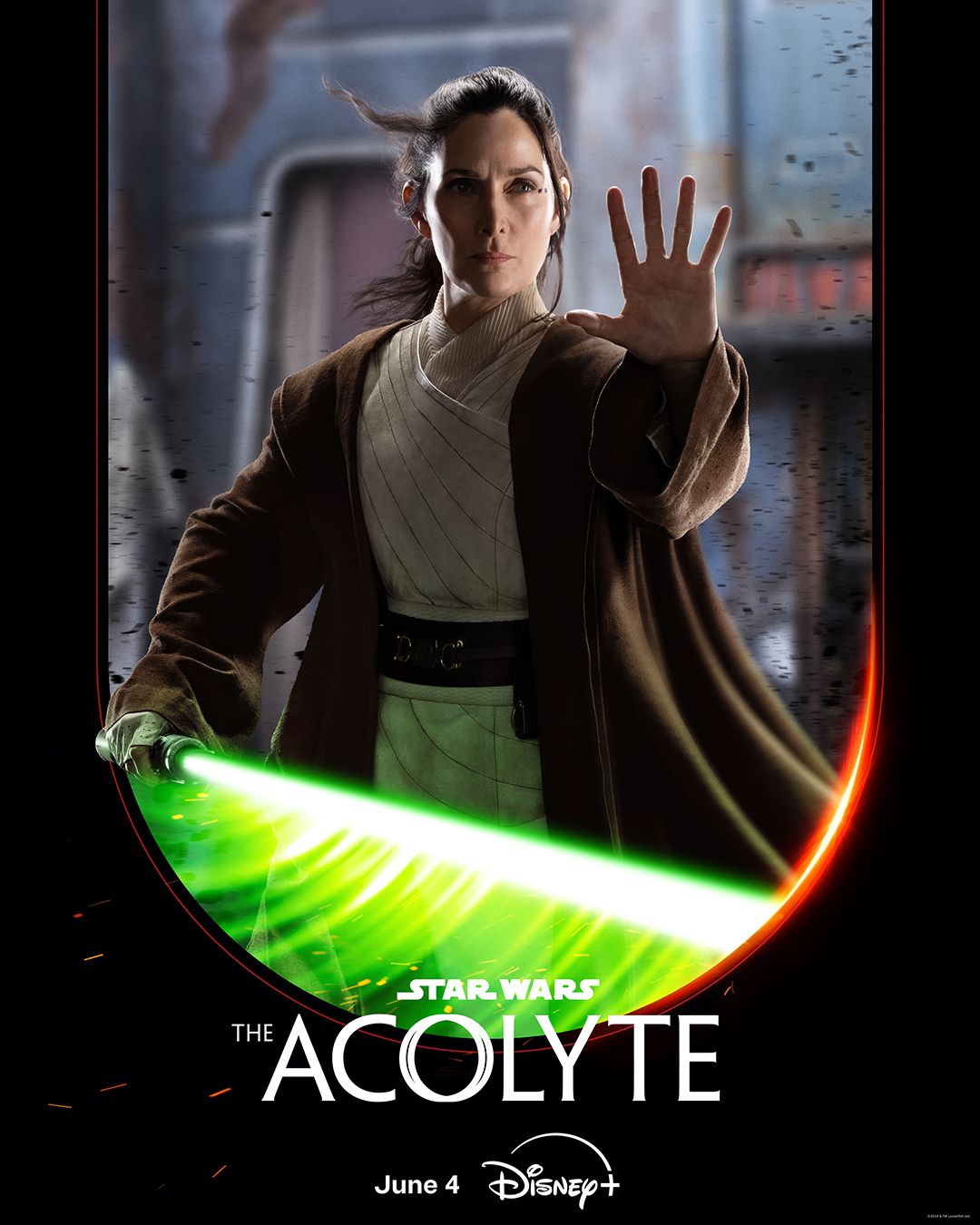ZTE has announced the Axon 40 Ultra for global markets including the US, but has the new flagship smartphone got what it takes to challenge the Galaxy S22 Ultra? ZTE is one of the few Chinese manufacturers that sells its phones in North America and its lineup for the US includes entry-level, mid-range, and flagship models.
After launching the Axon 20 5G as the first smartphone with an under-display camera in 2020, and receiving lukewarm reviews, ZTE followed it in 2021 with a successor called the Axon 30 5G. While not its flagship of that year, its under-display camera was significantly better. After two attempts and lots of refinements, ZTE has now brought the under-display camera to its flagship models, starting with the Axon 40 Ultra.
What makes the ZTE Axon 40 Ultra striking is the lack of a hole or cut-out in the display for a front-facing camera. The screen itself is curved and so is the glass back which has a matte finish. The phone also has pretty thin bezels that are uniform while the frame is metallic. ZTE is keeping things simple with a triple camera array that sits on a protruding island. Unfortunately, with no mention of an IP rating it appears to be missing dust and water resistance. That’s not the case with the Galaxy S22 Ultra which has an IP68 rating as well as a curved display and back. The ZTE Axon 40 Ultra is available in black in the US, while the Galaxy S22 Ultra can be purchased in seven different colors including Burgundy, Green, Red, and Sky Blue.
The Axon 40 Ultra’s Price Advantage

The Axon 40 Ultra has a 6.8-inch AMOLED display just like the Galaxy S22 Ultra, but its FHD+ resolution isn’t as sharp as the QHD+ resolution of the S22 Ultra. Both phones have a 120Hz refresh rate, and while it is adaptive on the Axon 40 Ultra, it is dynamic on the S22 Ultra, thanks to the use of the superior LTPO technology. Qualcomm’s Snapdragon 8 Gen 1 is the processor inside both phones and this is paired with 8GB or 12GB of RAM. However, while the Galaxy S22 Ultra is available with up to 1TB of storage in the US, the Axon 40 Ultra maxes out at 256GB, and neither has a microSD card slot. For reference, ZTE is selling a 1TB version in China that has 16GB of RAM.
The under-display camera of the Axon 40 Ultra is a 16MP sensor. In contrast, the Galaxy S22 Ultra’s punch-hole houses a 40MP sensor. The camera differences continue on the back as well. ZTE has equipped its phone with a 64MP main sensor with a 35mm focal length and optical image stabilization (OIS); a 64MP ultrawide angle camera (also with a 35mm focal length) with autofocus and the ability to shoot in macro; and a 64MP periscope telephoto camera with up to 10x zoom and OIS. In comparison, the Galaxy S22 Ultra has a 108MP main camera with OIS; a 10MP periscope telephoto camera (also with OIS) for up to 10x optical zoom; a second 10MP telephoto camera with OIS and 3x optical zoom; and a 12MP ultrawide angle camera.
The usual connectivity features such as NFC, Bluetooth 5.2, Wi-Fi 6E, and dual-SIM support are present. Adding to these, the Galaxy S22 Ultra also comes with an ultra-wideband chip. Both devices also feature an under-display fingerprint scanner and stereo speakers, but neither phone has an audio jack. Continuing the similarities, both pack a 5,000mAh battery, albeit with support for 65W fast wired charging on the Axon 40 Ultra and 45W fast wired charging on the Galaxy S22 Ultra. Samsung also adds support for wireless charging (and reverse wireless charging), while only ZTE ships the phone with a charger. Both ZTE and Samsung have loaded their phones with Android 12 out of the box, but ZTE isn’t as great at software support as Samsung.
At $799 for the 8+128GB version ($899 for the 12+256GB) version, the ZTE Axon 40 Ultra is significantly cheaper than the Galaxy S22 Ultra which starts at $1,199 for the 8+128GB configuration. That price along with its features should suffice for those who want a flagship that doesn’t cross the $1,000 mark. However, it comes with some compromises. The build quality isn’t up to par, lacking dust and water resistance features. Its display, while impressive for cleverly hiding the selfie camera, is of a lower resolution and doesn’t have a dynamic refresh rate. The Galaxy S22 Ultra also has better cameras and wireless charging, and will receive updates for much longer. Let’s not also forget that the S22 Ultra comes with a built-in stylus, unlike the Axon 40 Ultra.





